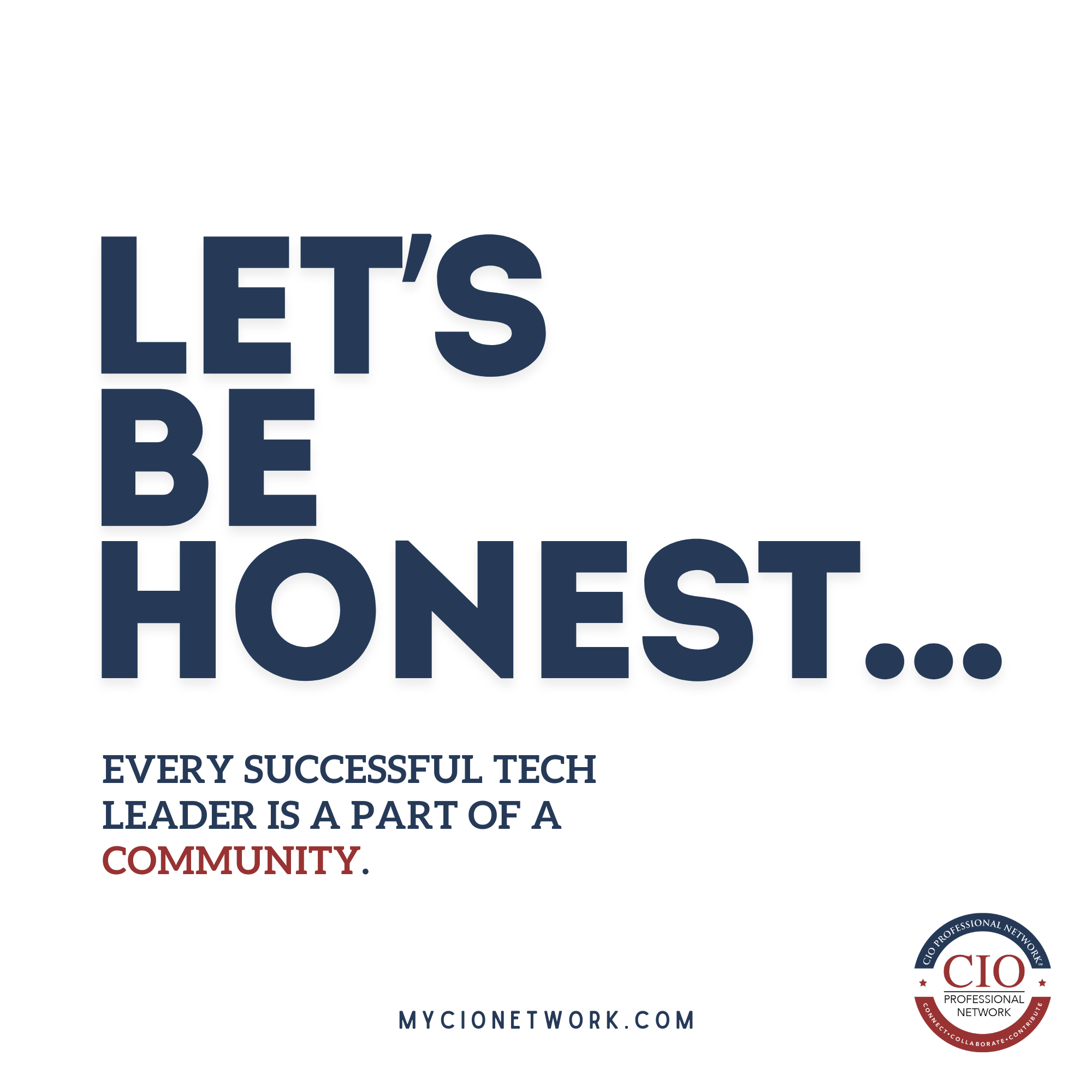In a presentation by Tom Flick, a former NFL quarterback and renowned motivational speaker, several crucial insights emerged on the distinction and balance between leadership and management. Drawing from his extensive experience both on the field and as a speaker, Tom’s discussion offers valuable lessons for leaders across various industries.
The Evolution of Organizational Structure
A century or more ago, the rise of companies driven by visionary leaders and entrepreneurs necessitated the creation of managerial roles to maintain operations. The educational systems in the U.S. and Europe have since primarily focused on management, leading to organizations being “over-managed and under-led.”
This imbalance doesn’t suggest a need for the opposite—being over-led and under-managed—but highlights the distinct yet complementary roles of leadership and management.
Understanding Leadership and Management
Leadership and management are often misunderstood, but they are distinct in several crucial ways:
Leadership is about vision, strategy, and change. It involves communicating these visions and strategies, motivating action, obtaining buy-in, removing barriers, and creating opportunities for innovation and growth. Leadership is proactive, focusing on the future and how to achieve it.
Management, on the other hand, is about maintaining efficiency and effectiveness. It involves taking complex systems and processes and ensuring they run smoothly day-to-day. Management is defensive, aiming to avoid hazards and maintain stability.
Key Distinctions
Offense vs. Defense:
- Management plays defense by avoiding hazards and ensuring the smooth operation of the organization.
- Leadership plays offense by seizing opportunities and driving the organization forward.
Questions of Focus:
- Management deals with “who” and “how” – focusing on procedures and responsibilities.
- Leadership deals with “what” and “why” – focusing on purpose and direction.
Complexity and Simplicity:
- Management simplifies complexity to maintain order.
- Leadership embraces complexity to lead change.
The Need for Balance
Most organizations struggle with leading change and implementing strategies because they are overly focused on management. This management-centric approach limits their ability to adapt, innovate, and compete effectively.
To address this, organizations must balance the teeter-totter of leadership and management. Emphasizing leadership is crucial for navigating change and achieving long-term success.
The Wrap
Leadership is not about charisma or personality traits; it is about vision, strategy, and the ability to inspire and guide an organization through change.
By balancing leadership with management, organizations can ensure they are not only efficient and effective in their current operations but also agile and innovative enough to thrive in the future. Leadership, indeed, is the name of the game.






